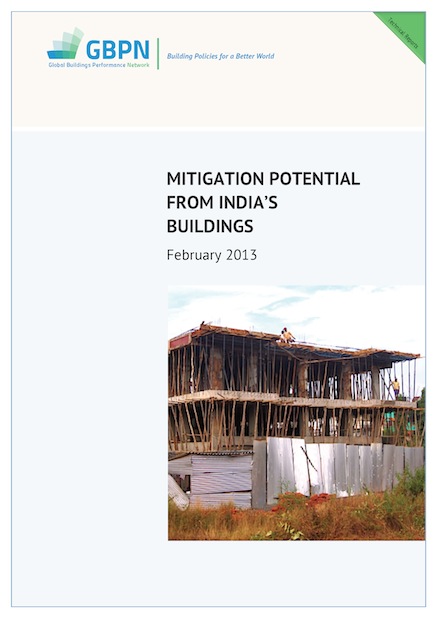印度建筑的减排潜力

可靠证据表明,至2050年印度建筑领域会产生巨幅能源增长,基于此估测,本报告分析了印度目前建筑节能减排的政策框架及其节能潜力。
26 result(s) found

可靠证据表明,至2050年印度建筑领域会产生巨幅能源增长,基于此估测,本报告分析了印度目前建筑节能减排的政策框架及其节能潜力。
A new briefing issued today distils the key findings from the recently released Intergovernmental Panel on Climate Change (IPCC) Fifth Assessment Report (AR5) for the buildings sector.
 Infographic: key findings from the recently released Intergovernmental Panel on Climate Change (IPCC) Fifth Assessment Report (AR5) for the buildings sector.
Infographic: key findings from the recently released Intergovernmental Panel on Climate Change (IPCC) Fifth Assessment Report (AR5) for the buildings sector.
“Adopting Decarbonization Policies in the Buildings and Construction Sector” provides a review of the evidence of the impact of implementing cost-effective policy measures to reduce the carbon footprint of the buildings and construction sector.
A guide with these contents